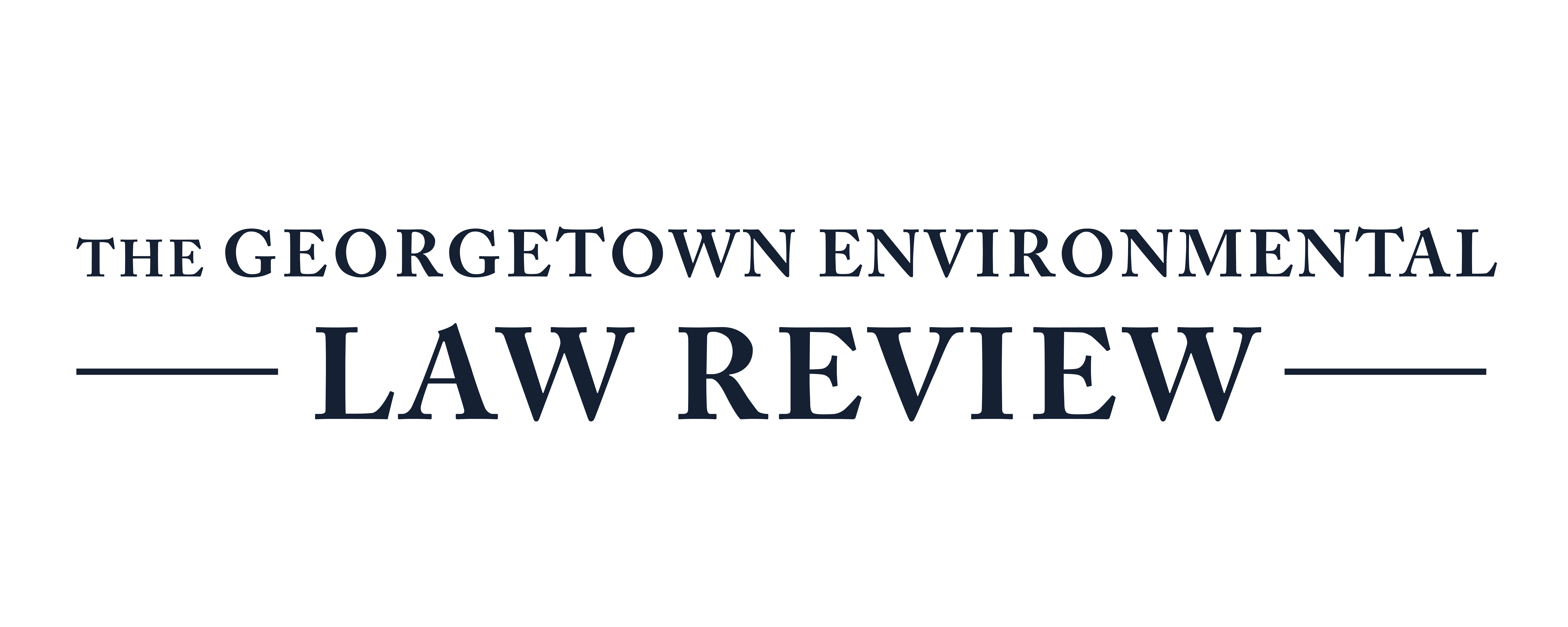 March 25, 2024
by Alexis Gorfine
Climate change
State and Local
Sustainability
March 25, 2024
by Alexis Gorfine
Climate change
State and Local
Sustainability
The healthiest and happiest communities are walkable, bikeable, and provide equitable transportation options for all. D.C. policymakers must put cars in their place and take steps to promote pedestrian safety. By slowing down drivers, improving infrastructure to promote pedestrian awareness, and encouraging mass transit alternatives, we can make our city more friendly to both the environment and its habitants, workers, and visitors.
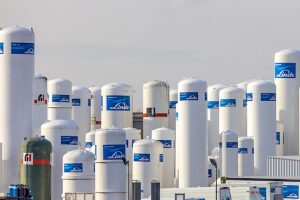 March 21, 2024
by Stefan Koester
Energy
Regulations
Renewable Energy
Sustainability
March 21, 2024
by Stefan Koester
Energy
Regulations
Renewable Energy
Sustainability
IRS comment period for the 45V clean hydrogen tax credit guidance closed on February 26, 2024. This credit provides a tiered production tax credit for clean hydrogen depending on its emissions intensity. The draft guidance relies on three pillars to ensure emissions integrity – additionality, temporal and geographic matching. Judging by some comment responses, controversial reactions to each of these pillars were significant, with many commenters suggesting that the courts will have the final say on how these tax credits will be finalized. Will all this uncertainty derail the clean hydrogen economy?
 March 21, 2024
by Damon Hays
Agriculture
Climate change
Natural Resources
Regulations
Renewable Energy
Sustainability
March 21, 2024
by Damon Hays
Agriculture
Climate change
Natural Resources
Regulations
Renewable Energy
Sustainability
The current impasse over the nation's premier agriculture legislation is one that reflects the competing interests of modern food production practices and climate change mitigation efforts.
 March 7, 2024
by Kayla Minton Kaufman
Climate change
Public Lands
State and Local
March 7, 2024
by Kayla Minton Kaufman
Climate change
Public Lands
State and Local
Climate change and the legal punishment of homelessness together create intersecting hazards. Homelessness, therefore, is a community issue and an environmental issue.
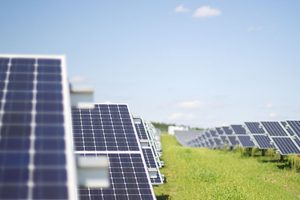 March 1, 2024
by Kennedy Pivnick
Climate change
International
Sustainability
March 1, 2024
by Kennedy Pivnick
Climate change
International
Sustainability
Aligning trade policies with environmental objectives is imperative to efforts to address the mounting global climate crisis. The Villars Framework offers a groundbreaking approach to environmentally-conscious trade policy.
 February 27, 2024
by Nathan Tatum
Energy
Regulations
State and Local
February 27, 2024
by Nathan Tatum
Energy
Regulations
State and Local
The Federal Energy Regulatory Commission (FERC) held its February open meeting on Feb. 15, 2024, addressing a number of items including cold weather reliability standards, hydropower permitting, and natural gas exports.
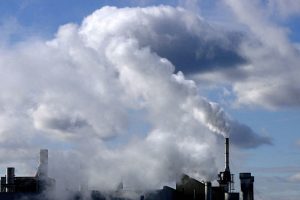 February 23, 2024
by Diego Huerta
Air
Climate change
Fossil Fuels
Regulations
State and Local
February 23, 2024
by Diego Huerta
Air
Climate change
Fossil Fuels
Regulations
State and Local
Massachusetts v. EPA is seen as an unalloyed victory for the climate movement, but over 15 years after the case was handed down, legal knock-on effects from the decision have come back to bite.
 February 23, 2024
by Paige Kendrick
Air
Climate change
Fossil Fuels
Regulations
February 23, 2024
by Paige Kendrick
Air
Climate change
Fossil Fuels
Regulations
In the hope to leave Zombie Engines in the past, the EPA recently promulgated a new final rule on Greenhouse Gas Emissions Standards for Heavy-Duty Vehicles. In this GELR blog post, Paige Kendrick analyzes the recent changes regarding federal preemption of non-new locomotives and locomotive engines as well as steps being taken by California to reduce locomotive emissions.
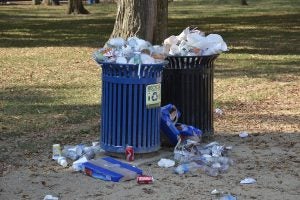 February 15, 2024
by Nicholas Merrill
Plastic pollution
State and Local
Sustainability
February 15, 2024
by Nicholas Merrill
Plastic pollution
State and Local
Sustainability
Washington D.C. faces a crisis of confidence regarding its glass recycling practices. Does the District actually recycle our bottles? What can be done?
 February 13, 2024
by Roman Carlitti
Climate change
Fossil Fuels
Renewable Energy
February 13, 2024
by Roman Carlitti
Climate change
Fossil Fuels
Renewable Energy
USPS’ decade-long effort to replace its antiquated vehicle fleet is threatened to be further delayed by multiple pending lawsuits challenging the agency’s compliance with NEPA.


